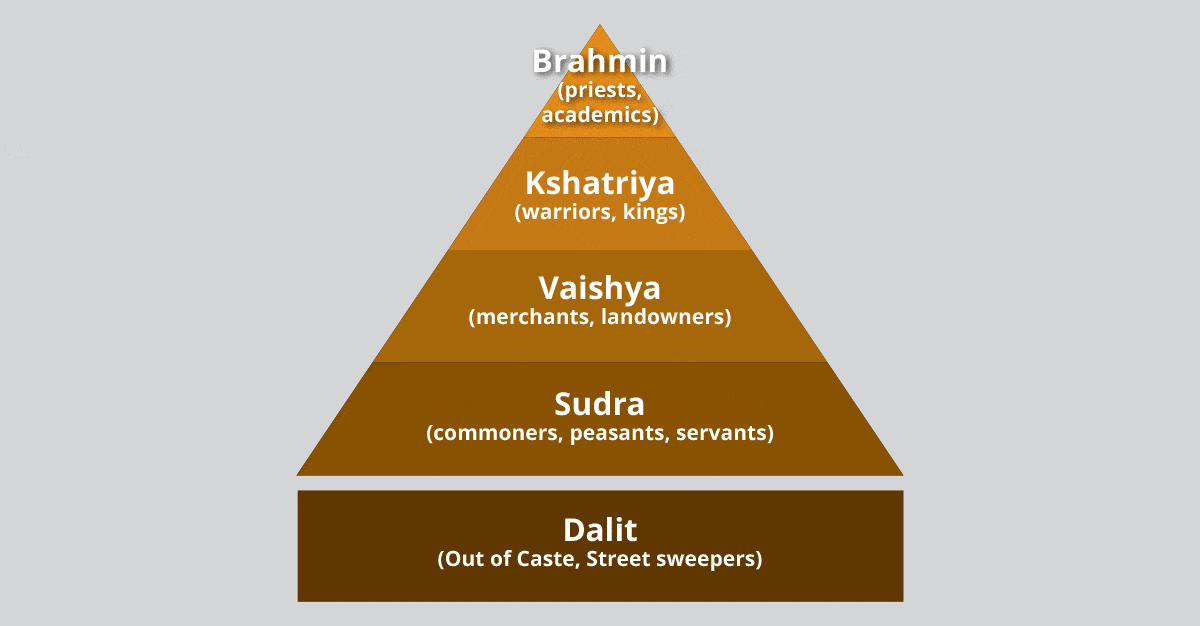

Jati and Varna are two classifications that are very different, but both play a vital role in the life of a Hindu. Jati and Varna are classifications of the traditional Indian Society. A Nigosian in World Religions, the caste system, “Is its (India) system of social stratification”(Nigosian 136). It is not limited to ancient India, it is still prevalent today. Since we should stop discrimination on any basis.The Caste system is the social hierarchy in India. We don’t need the colour of skin, race or caste to divide us we already have many issues that keep us divided. Discriminating against anyone thanks to their caste for things like club memberships so on is against the law. In urban Asian country, though, individuals of all castes meet socially or for business. In this manner, financial and social correspondence is critical in taking out casteism.Ĭastes still seldom get hitch with and square measure undoubtedly not changeable. Arrangement of social and financial correspondence among various areas of the general public decreases the odds of envy and rivalry.By promoting inter caste marriages, the sentiments emerging out of casteism can minimized as these relational unions bring two groups of various positions nearer to each other.Different social agencies like family, school, and Mass media must given the duty to build up an appropriate, expansive viewpoint among kids, which will nullify the sentiments of casteism, for instance, creating awareness about the evil impacts of propagating the traditional caste framework.Giving value based instruction to kids from adolescence can tackle the issue of casteism to some degree.Some of the solutions for the problems arising out of casteism are as follows:


It is a dominating blind group loyalty that ignores the healthy social standards of justice, equality and universal brotherhood. This leads to the members of one caste to exploit the members of other caste for their own interest in the name of superiority or inferiority and is loyalty to caste translated into politics.


 0 kommentar(er)
0 kommentar(er)
